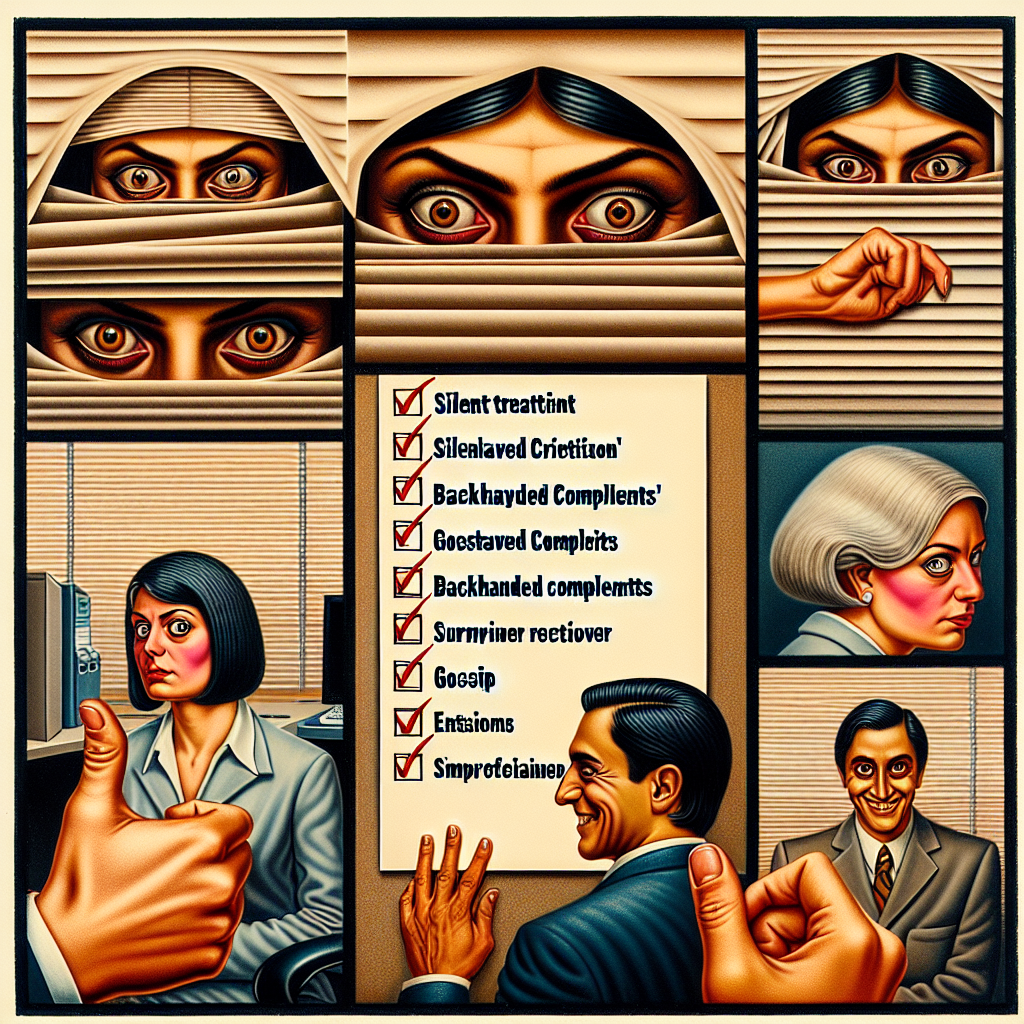Professional Help: The Guide to the Silent Professional
The Tips that can assist your professional growth

Business Environment
In the modern business landscape, navigating through the complexities of growth, competition, and innovation can feel like sailing in uncharted waters. Yet, the essence of mastering this environment hinges on one's personal development and adaptability. It's not merely about understanding external market trends but also about fostering an internal ecosystem that thrives on resilience and continuous learning.
Personal experiences have highlighted the power of adaptability in various business scenarios. Whether it's pivoting strategies amid economic uncertainties or incorporating feedback into product development, the agility to adjust and learn has been fundamental. It's akin to building a bridge while walking on it, continually adding planks of knowledge and skills.
Manuel Labor
The concept of "Manuel Labor," a clever play on manual labor, delves deeper into the personal diligence required in the professional realm. It's about the hands-on effort we put into our work, the persistence in the face of setbacks, and the meticulous attention to detail. This segment of professional self-help is not just about the physical aspect of work but the mindset of embracing hard work as a vehicle for personal and professional growth.
Reflecting on instances where manual effort led to significant breakthroughs, it's apparent that success often follows hard work. From the late nights spent refining a proposal that won a crucial contract to the relentless pursuit of perfection in a product design, these efforts underscore the value of diligence.
Social Encounters
Professional growth is inseparable from social encounters. Networking events, professional gatherings, and even casual meet-ups are fertile grounds for learning, collaboration, and advancement. How we present ourselves, communicate our ideas, and engage with peers plays a crucial role in shaping our professional pathways.
Drawing from personal anecdotes, the transformation from a hesitant networker to a confident communicator highlights the journey of self-improvement. It's about the small victories, like the first time successfully pitching an idea in a crowded room or the warmth of building meaningful professional relationships that support and drive collective success.
Self Learning
In the realm of professional self-help, self-learning emerges as a cornerstone. The pursuit of knowledge, skills, and insights through personal initiative reflects a commitment to excellence and growth. Whether it's exploring new industry trends, mastering a software tool, or learning a foreign language, self-learning epitomizes the journey of continuous improvement.
Personal experiences with self-learning projects, from online courses to experimenting with new technologies, underscore the empowering nature of taking charge of one’s professional development. These endeavors not only enhance capabilities but also foster a mindset of curiosity and open-mindedness essential for innovation and problem-solving.
Aim of Goals
Setting and pursuing goals is the compass that guides the professional self-help journey. Goals provide direction, motivation, and a framework for measuring progress. However, the art of goal-setting lies in balancing ambition with realism, and flexibility with focus.
Reflecting on personal goal-setting experiences, the evolution from vague aspirations to specific, actionable objectives marks a significant leap in professional development. Celebrating milestones, learning from setbacks, and constantly refining goals in light of new insights and opportunities illustrate the dynamic nature of professional growth.
"Professional self-help is not a destination but a continuous journey of learning, adapting, and growing. It’s about the choices we make, the effort we invest, and the resilience we build along the way."
In conclusion, professional self-help transcends mere career advancement. It embodies the holistic development of an individual’s capabilities, mindset, and relationships in the pursuit of personal and professional fulfillment. Embracing this journey with confidence, curiosity, and commitment paves the way for not just achieving our goals but exceeding them. As we navigate the complex yet rewarding landscape of professional growth, let's remember that the most significant investment we can make is in ourselves.

